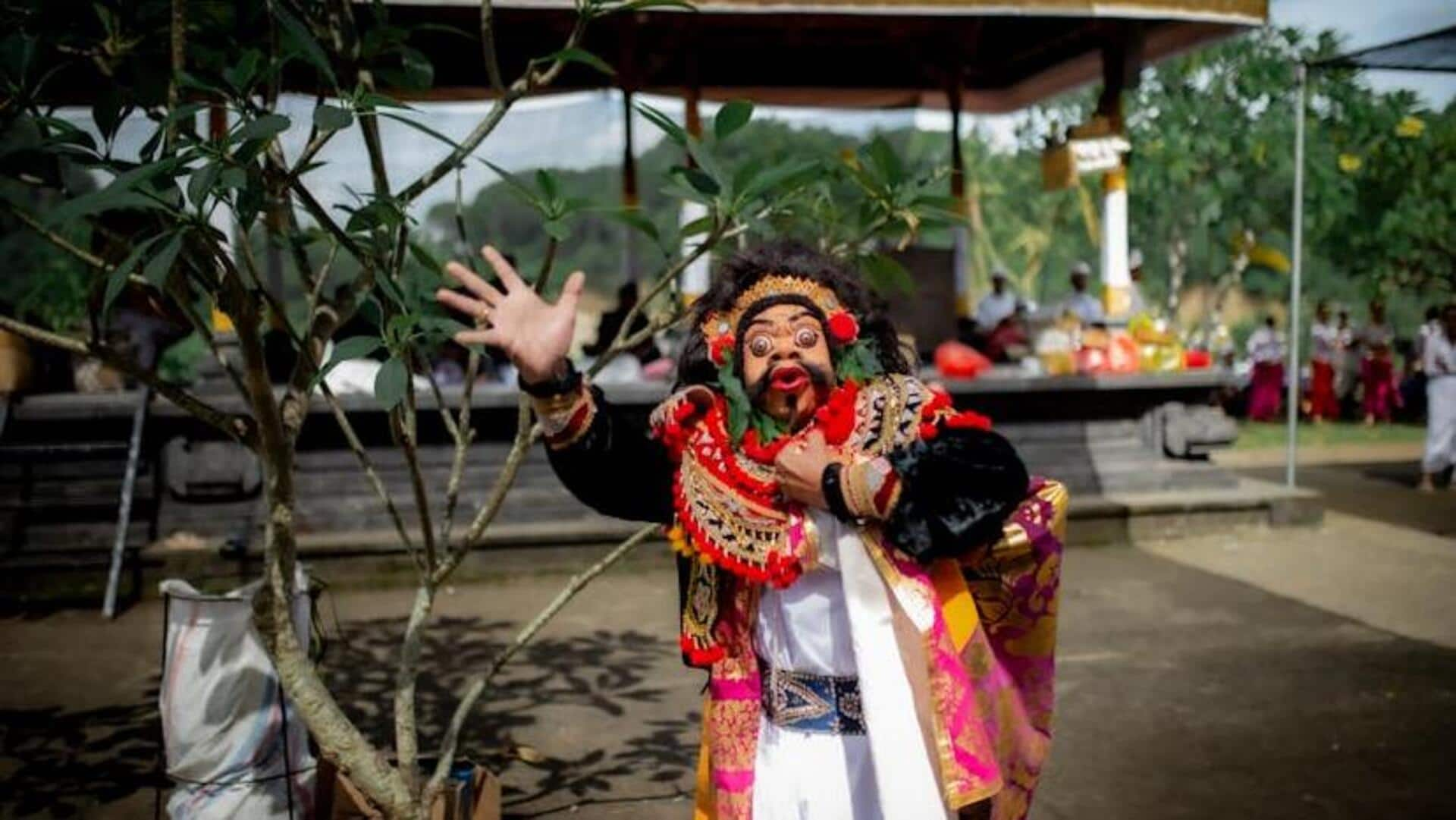How many of us are aware that India is home to Banyan trees with globally superlative stature which go by the Latin name “Ficus Benghalensis”. Being a native of our country, these benevolent Banyan trees have been pampered, patronised, respected, appreciated and even worshipped for 1000s of years in the Indian subcontinent. Yet the Highway authorities are determined on “demolishing and destroying” the last Boulevard of Banyans at Chevella.
A magnificent row of ancient trees that line the Chevella-Vikarabad Road, about 50km east of Hyderabad in Telangana, are a testament to nature’s endurance and beauty on duty. These grandfather-grandmother trees, some of which are more than 100 years old, have long provided shade, shelter, environmental deliverance and ecological balance to the region. Spanning nearly 10 kilometres, this historic avenue is considered the longest stretches of surviving big Banyan trees in India.

However, due to the expansion of the highway, many of these trees are at risk of being cut down, prompting conservationists and locals alike to rally for their protection. Each Banyan tree has been Geo-tagged for easy identification, Checklist of nearly 100 birds have been garnered that thrive in this Boulevard of Banyans. So far 64,327 signatures-to-save have been harvested.
Even multiple campaigns have been conducted on a regular basis and name the stretch on National Highway-163, as the Telangana Biodiversity Heritage Road. Led by the core team of the Campaign to Save the Banyans of Chevella, fifty passionate individuals—both young and old—gathered at “Lamakaan”, (15-September-2024) Banjara Hills, Hyderabad. This motley crowd met to ignite discussions on a five-year citizens’ campaign aimed at preserving the majestic Banyans of Chevella.
The event kicked off with the screening of a captivating short film, “The Giants of Chevella”, setting the stage for an inspiring exchange of ideas. As the conversations unfolded, participants contributed fresh, creative insights, weaving a tapestry of strategies to protect the beloved banyan trees. The room buzzed with energy as the group tackled the finer details of this crucial environmental mission, determined to find innovative ways to safeguard these natural giants.
The National Green Tribunal (NGT) issued a critical ruling last year, mandating the National Highways Authority of India (NHAI) to carry out an Environmental Impact Assessment (EIA) before proceeding with the felling of trees and the expansion of highways. This directive is particularly significant as it aims to safeguard nearly 900 century-old Banyan trees, along with 9,000 other trees in the Chevella region, which stand as living monuments of ecological heritage. Despite the urgency of this matter, Sadhana Ramachander of Nature Lovers of Hyderabad notes with concern that nearly a year has passed, yet the EIA report is still awaited.
The delay threatens not only the trees but also the biodiversity and environmental balance of the region, making the need for swift action all the more crucial. The translocation of century-old banyan trees, with their vast canopies and deep, sprawling roots, is far from a viable solution. In reality, it’s more of a superficial tactic—a gimmick designed to placate rather than preserve.
Time and again, we’ve witnessed large trees relocated across Indian cities only to see them struggle or perish, notes environmentalist Kobita Dass. To illustrate the futility of such efforts of translocation, she captivated an audience of 50 onlookers with a striking visual cardboard model of a banyan tree. The banyan model could be assembled and dismantled at will, underscoring the fragility of these majestic giants when uprooted from their natural homes.
Speaking from East Godavari, Dr.Sudhakar a former Officer with the Botanical Survey of India, who is the first to publish a book titled “Figs of Eastern Ghats” says that “The Banyan tree of the Fig family, is a thriving ecosystem by itself, a living jungle with layers of canopy that nourish and shelter creatures of all kinds. From the tiniest insects to the flurry of squirrels, it offers a sanctuary to a bevy of birds, bees with their bustling hives, butterflies basking in sunlight, and fungi sprouting on trunks.
Like a natural apartment complex, this single tree becomes a harmonious haven, housing a vast community of life, all coexisting under its sprawling branches, much like a vibrant colony where thousands find their place”. Some of the ideas that were debated by the audience were that the Chevella Banyans could blossom into a vibrant tourist hub, where nature and culture intertwine under the ancient tree canopies. Envisioned as Living Monuments to Sustainability, these majestic trees would host guided eco-tours and community-driven activities promoting environmental awareness.
Imagine natural art installations—sculptures crafted from recycled materials and murals celebrating local flora and fauna—nestled beneath the towering branches. Artists and environmentalists could collaborate, turning this space into a creative haven. The Banyans would also serve as the backdrop for storytelling sessions, cultural events, and artistic expressions, inspiring local writers, poets, and performers to weave tales of history, nature, and sustainability.
Speakers from the core group included Sadhana Ramchander, Kobita Dass Kolli, Natasha Ramarathnam, Tejah Balantrapu, Anand Vishwanadha and Pranay Juvvadi. The short film was directed by Priyam Chatterjee, another passionate member of the group. The Chevella Banyan trees are more than just trees lining a road but they are an integral part of the region’s ecology, history, and culture.
Their preservation is not just an environmental necessity but an opportunity for creative rethinking of how we balance development with nature. By embracing innovative ideas such as eco-tourism, wellness spaces, art installations, and greenways, the Chevella Banyans can be saved and cherished for generations to come..




















